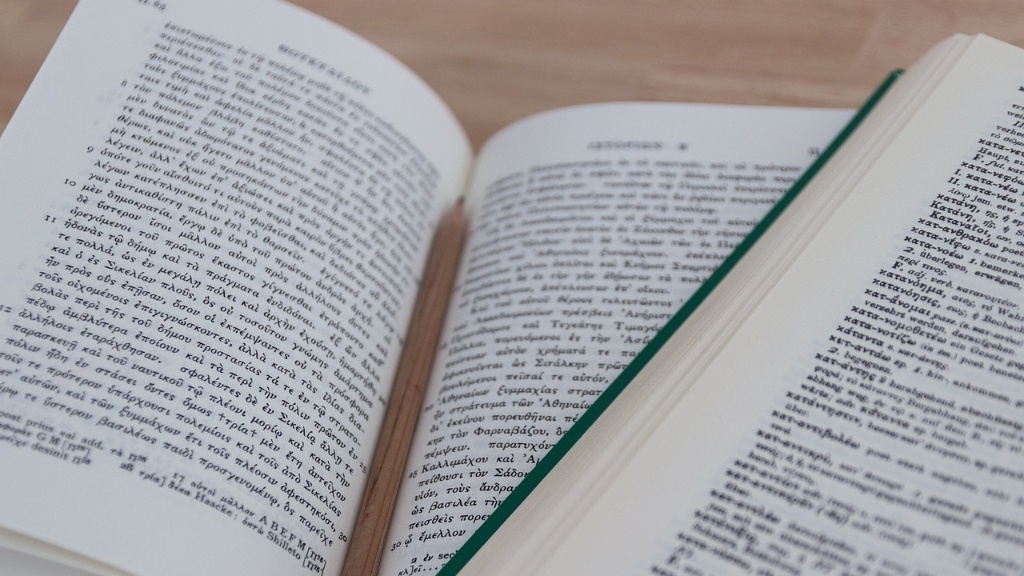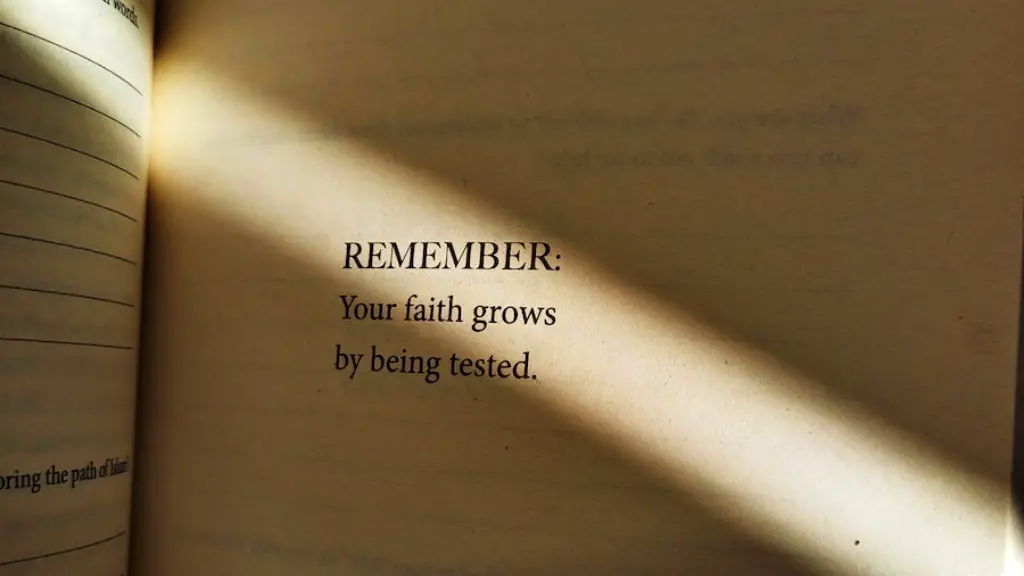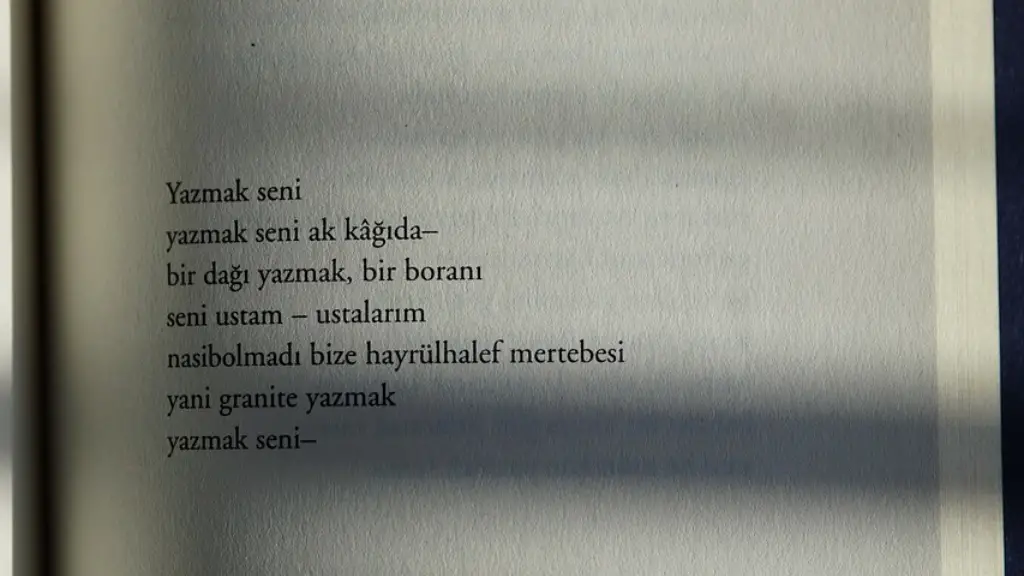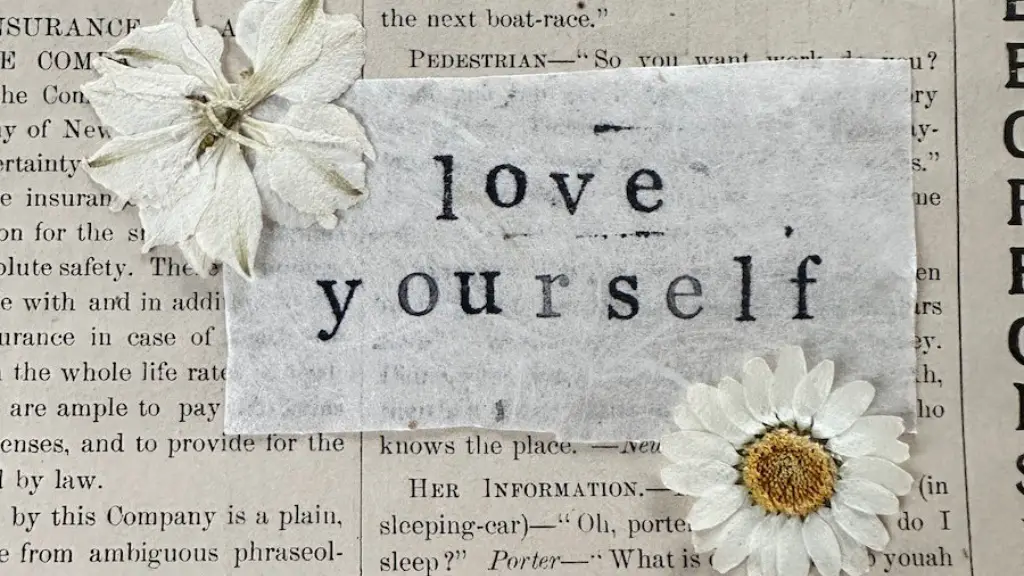What is a Poetry Manuscript?
A poetry manuscript is a selection of poems by a single author, collected together in a professionally bound book. The manuscript can also be referred to as a collection, anthology, volume or chapbook. Although modern technology now allows for manuscripts to be circulated in digital format, manuscripts are typically printed copies that are published, sold or given away to readers. Manuscripts are a great way to collect your poetry in one place, making it easy for people to view or purchase your work.
Creating a Poetry Manuscript
Creating a poetry manuscript can seem daunting at first, but by following these five steps, you’ll be well on your way to publishing your own collection.
Step 1: Choose Your Poems
The first step to creating a poetry manuscript is choosing the poems you’d like to include. It’s helpful to select poems that have a similar style or theme. This will help the manuscript to flow better and make it easier for readers to identify the main ideas throughout. You can also choose poems that have been published individually in magazines or journals and link them together in your manuscript.
Step 2: Edit Your Poems
Once you’ve selected the poems for your manuscript, it’s important to go through them carefully and edit any spelling, grammar or punctuation errors. It’s also a good idea to read the poems out loud and make sure they flow smoothly and clearly. This can help to ensure that you give the best possible impression of your work.
Step 3: Design the Manuscript
When designing your manuscript, you’ll need to consider various factors such as layout, font size and style, colour scheme and illustrations. You should also think about the order in which the poems will appear, as this will have an impact on how your work reads and is perceived. It’s also important to factor in any copyright requirements and acknowledge any publications you have previously been featured in.
Step 4: Choose a Publishing Service
Once your manuscript is ready to go, the next step is to decide which publishing service to use. If you’re looking for a more traditional approach, opt for a print-on-demand (POD) service, which allows you to print your own copies for mass distribution. If your budget is a bit tighter, you can also opt for a digital publishing service, which makes your work available to download as an ebook or pdf file.
Step 5: Market Your Manuscript
The final step is marketing your manuscript. You can do this by creating your own website or blog to promote your work, or by using social media platforms such as Twitter, Facebook and Instagram. You should also consider submitting your work to literary journals and magazines for review, as well as pitching it to bookstores, libraries and online marketplaces.
Formatting Your Manuscript
Formatting your manuscript correctly is essential if you want it to have the best possible chance of being accepted by a publisher or reader. It’s important to adhere to the commonly accepted formatting, which includes:
Page Numbers:
All pages should be numbered sequentially with the title page being given the number ‘one’ and any blank pages being given the number ‘zero’. This ensures that the manuscript is easily navigable and makes it easier to locate specific sections or poems.
Margins:
All manuscripts should have an inch margin (2.5 cm) at the top, bottom, left and right of the page. This is to prevent the text from being cut off when the book is bound together and gives it a professional look.
Fonts:
Manuscripts are typically written in a serif font, such as Times New Roman or Garamond. This is to ensure that the text is both easily readable and aesthetically pleasing.
Spacing:
It’s also important to pay attention to the line spacing of your manuscript. This should be set at 1.5 or 2 to ensure that the text is readable and the poems are easily identifiable.
Indenting:
Indenting is a crucial component of formatting a manuscript correctly. It allows for the text to be broken up easily into sections and helps to emphasise important points. It also allows the reader to follow the flow of the poem and understand its meaning more clearly.
Getting Your Manuscript Published
Once your manuscript is complete and formatted correctly, the next step is to get it published. You can either choose to self-publish or submit your work to publishers.
Self-Publishing:
Self-publishing allows you to take control of the entire process, from editing your poems to designing the cover. You will also be able to make all the decisions around distribution, promotion and pricing. This can be an attractive option for those who want to maintain total control over the process.
Submitting to Publishers:
Alternatively, you can submit your work to publishers, which involves a much more hands-off approach. You will need to research which publishers specialise in your genre of writing and check to make sure your work meets the requirements for submission. Publishers may also charge a fee for the privilege of publishing your work.
Getting a Literary Agent
Another option for getting your manuscript published is to hire a literary agent. Agents act on behalf of the author, often reviewing manuscripts and negotiating contracts with publishers. This is a great option for authors who want to find professional representation in the publishing industry.
Finding an Agent:
When looking for an agent, it’s important to research the options carefully. Most agents have an online presence and you can often find reviews and testimonials from authors they have worked with. It’s also a good idea to check whether the agent is a member of the Association of Authors Agents (AAA).
Making the Right Impression:
Once you’ve found an agent that you think might be a good fit, it’s important to make the right impression. This includes making sure your manuscript is formatted correctly and that you provide a cover letter, a synopsis of your book, a bit about yourself and any relevant writing credentials you may have.
Submitting Your Manuscript:
Once you’ve made a good impression on the agent, it’s time to submit your actual manuscript. Make sure you read and adhere to any submission guidelines they may have and that you include all the required documents.
Negotiating a Contract:
Once the agent has accepted your manuscript, they will negotiate a contract on your behalf. This will include details such as the payment for publishing the manuscript, the number of advance copies to be printed, and the author’s share of royalties. The agent will also take care of copyright issues and deal with any queries from the publisher.
Promoting The Manuscript
Once the manuscript is published, it’s important to promote it. You can do this by launching a website or blog, creating social media accounts and using platforms such as Goodreads and Amazon to reach a wide audience. You can also submit your work for writing awards, and attend readings, book signings and other literary events.
Creating a Book Trailer
Creating a book trailer is an effective way to promote your work. It’s a short promotional video, usually 2-3 minutes long, that includes clips or images from your book and music, as well as voice-over narration. It should be engaging and creative, and can be posted on various platforms such as YouTube and Vimeo.
Using Social Media Platforms
Social media is an effective way to reach readers and promote your work. Platforms such as Twitter, Instagram and Facebook allow you to post pictures, videos and other promotional materials, as well as to interact with your followers. You can also use these platforms to promote readings, book signings, launch parties and other events.
Sending Out Press Releases
Sending out press releases is a great way to get your work noticed by the media. The press release should concisely explain the contents of the book and should include information about events and activities related to the book launch. Once the release is sent out, it should also be posted on your website or blog.
Conclusion
Creating a poetry manuscript can be a rewarding experience. By closely following these steps, you’ll be well on your way to publishing your poetry collection. From formatting your manuscript, to getting it published, to promoting it, the process is sure to take a bit of time and effort. However, it can be a great opportunity to showcase your work and share it with the world.





